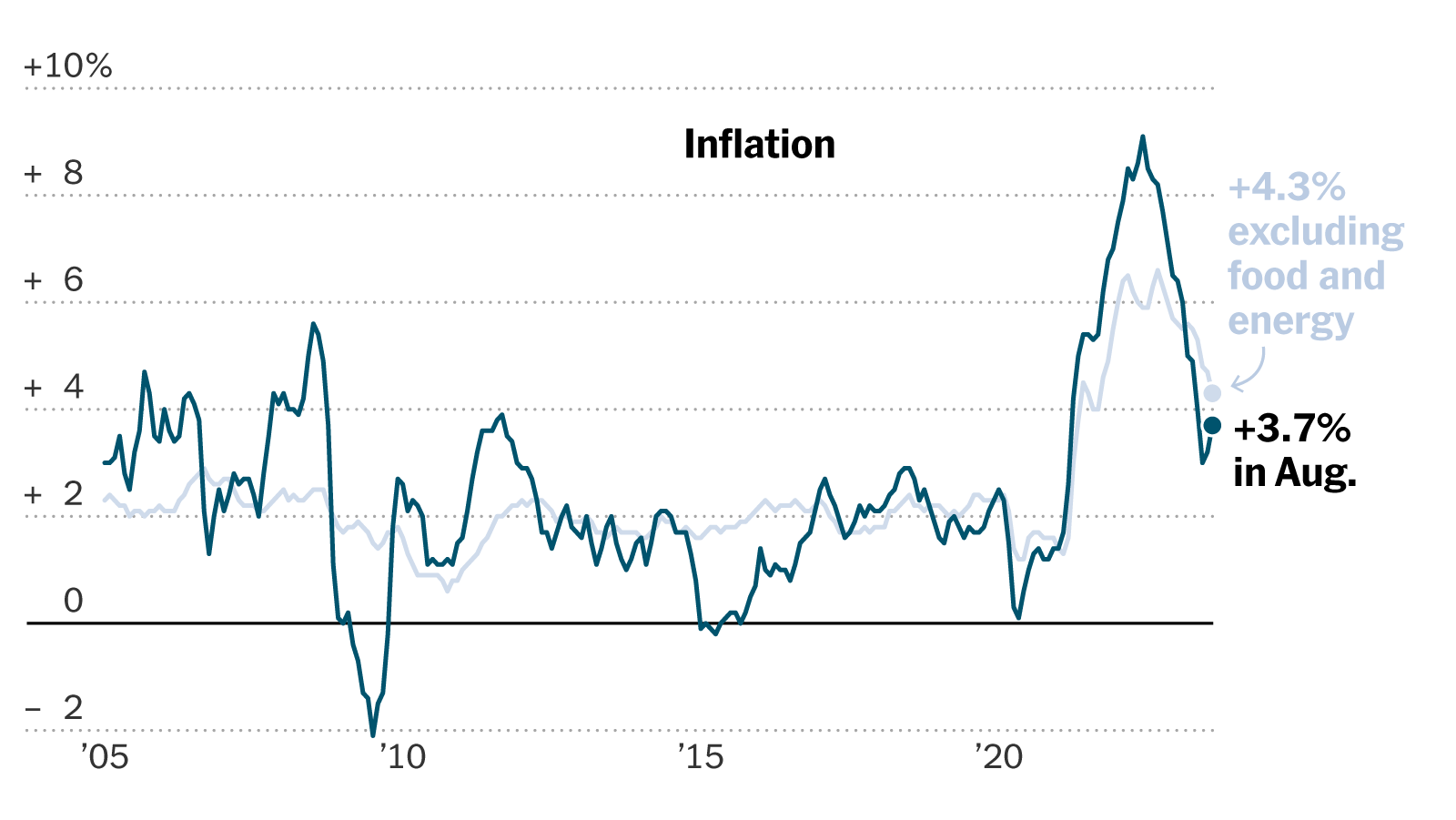A Rising Tide of Prices: The Daily Struggle
As grocery store prices continue to climb and gas pumps display ever-increasing numbers, the effects of inflation are rippling through Canadian households. In recent months, the national inflation rate has reached a staggering 8.1%, the highest in over three decades, leaving many Canadians grappling with financial uncertainty. With a vulnerable economy still reeling from the impacts of the pandemic, these rising costs are more than just numbers—they represent a significant shift in the daily lives of millions.
Hitting Home: Real Stories of Inflation
For Fiona Roberts, a single mother living in Toronto, the rising cost of living has forced her to make heartbreaking choices. “I used to take my kids out for ice cream on weekends, but now I can’t even justify buying the ingredients for homemade treats,” she shares. “Every week it feels like I have to choose between putting food on the table and keeping the lights on.”
Fiona’s situation is becoming all too common in Canadian cities. A recent study found that 62% of Canadians are actively changing their shopping habits to accommodate rising costs. Many are opting for generic brands, buying in bulk, or skipping luxuries altogether. The emotional toll this places on families cannot be overstated, as parents like Fiona feel the weight of financial responsibility on their shoulders.
Navigating the New Normal: Strategies for Survival
In light of inflation, financial advisors are noting an uptick in interest regarding budgeting and financial literacy. People are looking for advice on how to stretch their dollars further. Social media platforms have become buzzing hubs for sharing tips and strategies among fellow Canadians. Popular hashtags like #InflationBlues and #Budgeting101 have gained traction as users flock to share solace and solutions in this trying time.
Moreover, local community centers have begun offering free workshops on financial planning. “It’s inspiring to see community members come together to support each other,” says Brian Cheng, a local investment advisor. “People need to know they’re not alone in this struggle. Sharing experiences and pooling resources can help buffer against the rising tide.”
The Bigger Picture: Economic Implications
Inflation may change the way Canadians shop and live, but it also raises broader concerns about the economy’s stability. The Bank of Canada is under pressure to implement measures to combat inflation while also considering the impact such measures could have on employment rates and overall growth. “There are no easy answers,” says economist Laura Trenton. “While raising interest rates might curb inflation, it also risks slowing economic recovery. Striking a balance is crucial.”
Looking Ahead: Building Resilience
As inflation continues to present challenges, it also offers an opportunity for Canadians to reevaluate their spending habits and future financial planning. Families are learning the hard way about the importance of having emergency savings and cultivating adaptable strategies. For those affected by rising prices, the hope is that with education and community support, they can not only survive but thrive in this shifting economic landscape.
For many, inflation has transformed from an abstract idea into a tangible reality that affects everything from groceries to family outings. As Canadians navigate this new world, their resilience, creativity, and sense of community will play a vital role in weathering the storm.

